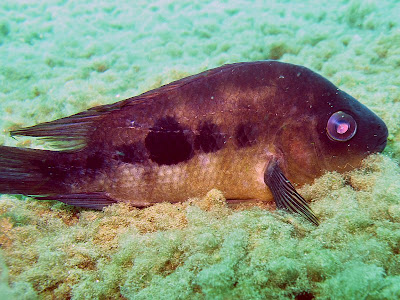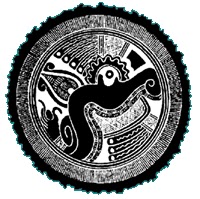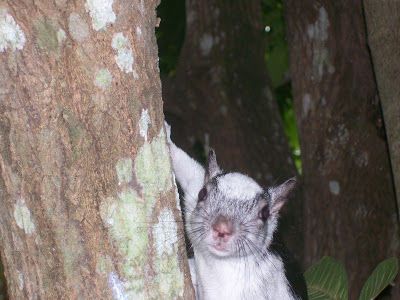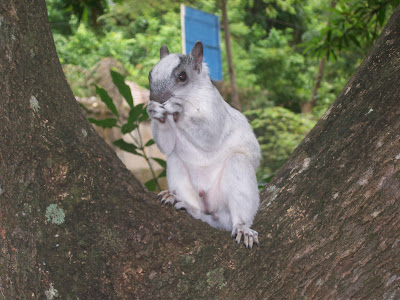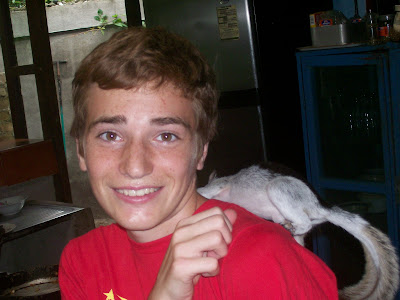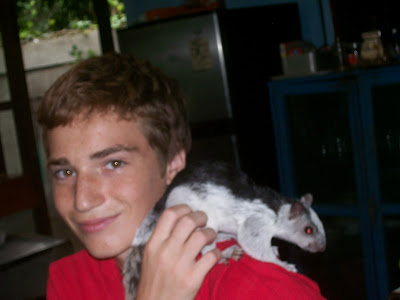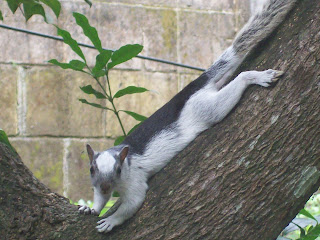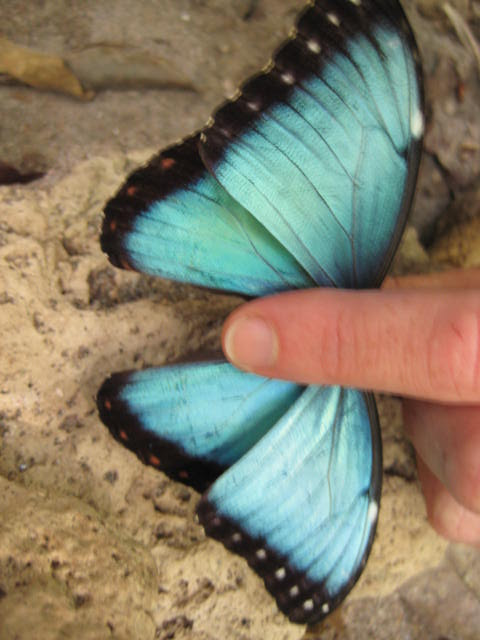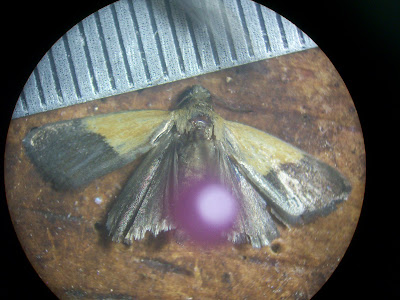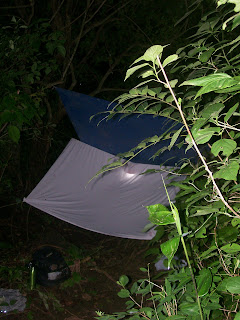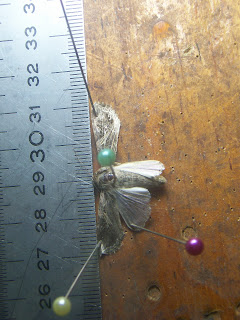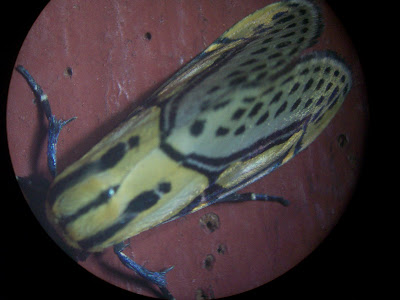. The other side of Nicaragua real estate is not always pretty. Many investors have
in their crosshairs, and they won't stop unless the government and the civil society keeps their position clear. It is unfortunate that a few developers insist on destroying natural areas for their personal gain, when many potential investors would be willing to be involved in Nicaragua if controls were stronger.
Otro atentado contra el patrimonio natural
END - -
El pasado viernes, asistí a una presentación final de consulta pública para un propuesto proyecto habitacional en la Reserva Natural Laguna de Apoyo. Nuestro respetado colega Giovanny Carranza explicó detalles de construcción, planes arquitecturales y tratamiento de aguas servidas por más de una hora a una audiencia de unos cuatrocientas personas, en el pueblo San Juan de Oriente, acompañado por música, ahuizotes y refrescos a un pueblo que casi nunca tiene tanta ocasión por fanfarrón.
Me parecía un proyecto idóneo para Nicaragua. Muchos detalles se habrían tomado en cuenta: materiales, diseños, caminos, promesas de compromiso social y ambiental, progreso, y empleo. Todo se veía demasiado bueno. Se habló de cumplimiento de leyes, códigos y reglamentos, pero en ningún momento, se quedó sin mencionar que el proyecto es propuesto dentro de la Reserva Natural Laguna de Apoyo, por lo cual aplican severas restricciones sobre el uso de la tierra, incluyendo la prohibición de construcción de habitaciones. En vez de hablar de cómo se cumple el propuesto proyecto con las normas que pertenecen a la Reserva, se prometió dedicar gran parte de la propiedad del área del proyecto a una reserva ecológica privada.
Mientras se presentaron datos, dimensiones, colores de paredes, materiales de construcción, yo reflexioné en la reciente historia de este sitio. Una vez un sitio de retiro para los antepasados de los nicaragüenses, se encontró bajo la lupa de Somoza en los 1960, cuando él y unos cuantos más construyeron un camino vehicular y las primeras casas en su orilla. Como siempre, se prometió progreso y desarrollo, pero cada vez más, los riachuelos se secaron, las costas se alejaron, haciendo más difícil el acceso del pueblo a sus aguas. A pesar de las buenas intenciones del Dr. Jaime Incer cuando el sitio fue nombrado parte del Sistema Nacional de Areas Protegidas en 1991, llegó otro gran proyecto habitacional, permitido por el alcalde de San Juan de Oriente y bendecido por el otrora presidente Bolaños, otra vez prometiendo empleo y progreso.
Las propiedades de la laguna de Apoyo comenzaron a caer en picada, víctimas de la sensibilidad ambiental de las faldas volcánicas y la sistémica injusticia legal que perjudica a los pobres en este país. Los dueños de lotes y parcelas, en su mayoría campesinos de los Pueblos Blancos, fueron prohibidos de construir casas o hacer casi cualquier “mejora” a su propiedad. Sin embargo, algunos especuladores, principalmente (pero no en su totalidad) extranjeros, lanzaron una estrategia comprensiva en comprar las propiedades de la laguna de Apoyo en precios bajos. Los pobres no tienen acceso a la justicia, pero los “cheles”, sí. De repente, aparecían páginas web con precios de venta de las mismas propiedades, con promesas de construir. Casas aparecieron mágicamente, nadie sabía quien dio permiso a quien. Un muro de dos kilómetros de largo por la costa, un bajadero lujoso, rótulos de lotes en venta aparecía en el sector de Granada. Celadores armados comenzaron a rodear con radios. Otro proyecto prometedor en Diriá, y un estudio de impacto ambiental que parecía mentira, porque la era. Los de Diriá prometieron sembrar cincuenta mil árboles, pero en verdad, mandaron a cortar igual número sin ningún permiso, por lo cual los acusamos delante de MARENA y la Asamblea Nacional.
El problema con el proyecto presentado es que ya estamos cansados de escuchar promesas que no se pueden cumplir. Si de verdad quieren no dañar el medio ambiente, ¿porqué no comenzaron con el Plan de Manejo que ha sido aprobado para la Reserva? Ahí pueden observar que el sitio donde han propuesto construir es designado de alto valor a la naturaleza, y de pendientes inapropiadas para construir, por lo cual ha sido declarado NO APTO para construcciones. El Plan de Manejo para la Reserva Natural Laguna de Apoyo amerita especial mención por la cantidad de consultas públicas y técnicas que se hicieron, cubriendo un período hasta de cuatro años entre el inicio de su elaboración hasta su aprobación.
Si en verdad los inversionistas quieren hacer un proyecto social y ambientalmente favorable, lo pueden hacer y nadie los impide. Hay tres opciones factibles. Pueden hacer el mismo proyecto en la zona de amortiguamiento de la Reserva Natural Laguna de Apoyo, donde se encuentra los cascos urbanos, comarcas y fincas de cuatro pueblos. O bien si lo quieren hacer dentro de la Reserva, pueden comprar cualquier cantidad de casas vacías y en abandono total en la orilla de la laguna, y rehabilitarlas con todas las normas que fueron presentadas el viernes. Desde la Estación Biológica donde trabajo, al norte, se encuentran ocho casas consecutivas, abandonadas, con rótulos ”For Sale”. Sería muy interesante reactivar estas casas y ponerlas todas las nuevas tecnologías verdes que se hablaba en la presentación. Así no tendría que cambiar un solo metro cuadrado de techado.
Igualmente, pueden comprar las 65 casas en el desarrollo habitacional que se encuentra triste, vacío, sin vida. Los dueños extranjeros en su mayoría quieren vender sus casas y olvidar de las promesas no cumplidas que les dieron al comprar. Esta idea me parece fabulosa. El potencial de convertir las “cabañas ecológicas” en estructuras con nueva vida tiene mucho potencial.
Pero cómo pueden venir a decir a la gente de ahí, los locales que han caminado y arado esas tierras por generaciones, que “no vamos a cortar un solo árbol”? Por favor! No hay lugar en la Reserva Natural Laguna de Apoyo que se encuentra naturalmente sin árboles a distancia de aproximadamente un metro, o si no, es porque alguien haya alterado la faz de la tierra. Si no hay árboles sobre dichas tierras, es porque algún obrero fue mandado a cortarlos y mantener las tierras limpias.
Los comentarios de los ciudadanos incluyeron la preocupación por la economía local. Me parece que los consejos municipales, Marena y la Asamblea Nacional deben seguir buscando cómo recaudar y distribuir tributos en una manera equitativa. Es cierto que Catarina beneficia más por razones históricas, y otros pueblos no pueden gozar de los mismos beneficios económicos. Hacen falta herramientas fiscales justas para que San Juan de Oriente pueda percibir progreso sin destruir sus bosques.
Al final, me pregunto: ¿porqué siguen insistiendo en construir donde Marena y la Comisión de Medio Ambiente de la Asamblea Nacional ya concluyeron que no? La misma respuesta dada a los otros inversionistas se aplica aquí. Construir una casa más en la Reserva Natural Laguna de Apoyo es un atentado contra el patrimonio natural. Nada ni nadie lo puede justificar. La laguna de Apoyo es para todos los nicaragüenses.
FUNDECI/GAIA
apoyo@gaianicaragua.org




